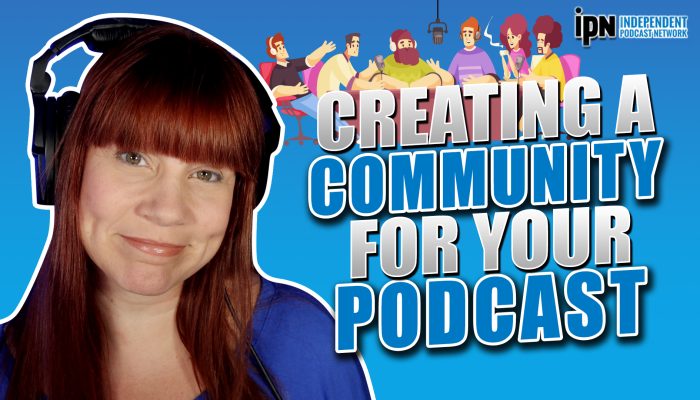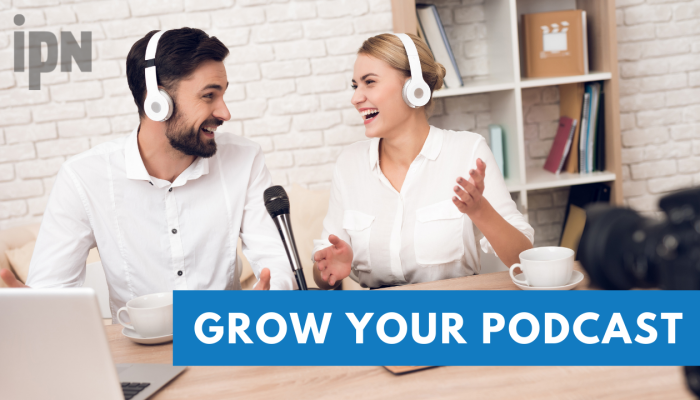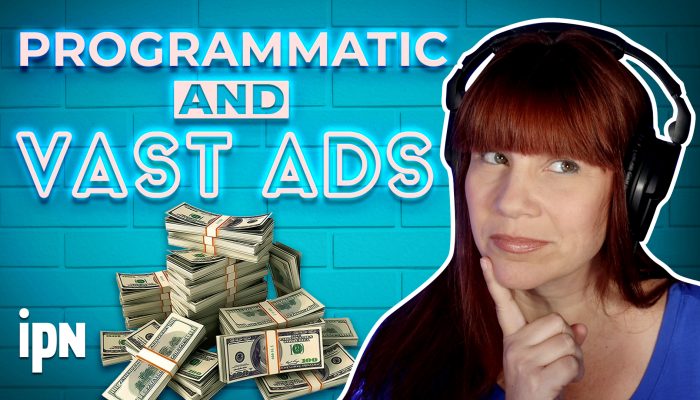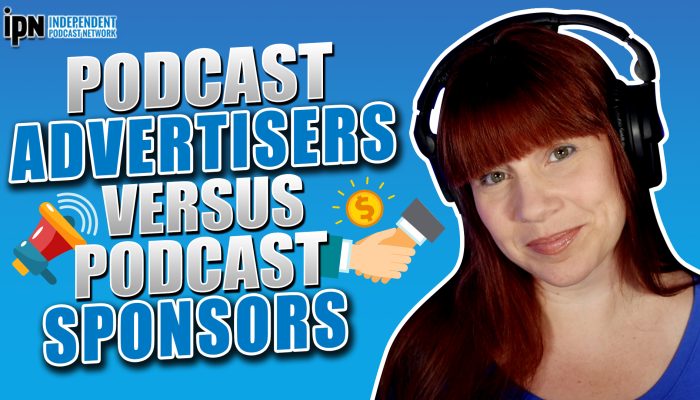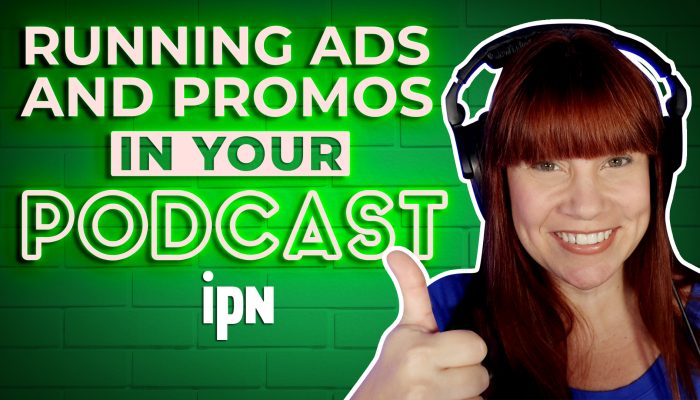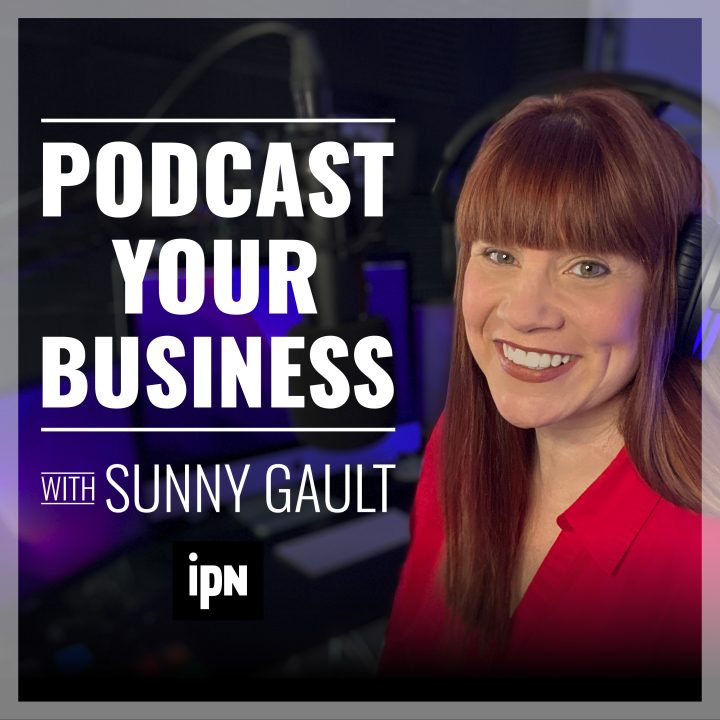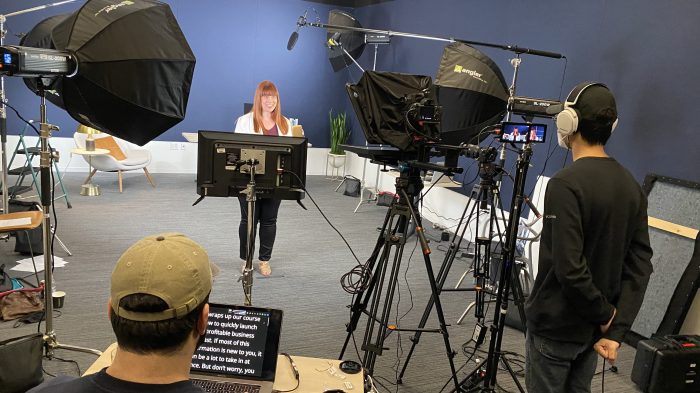A successful podcast starts with the right podcast gear. In the past, you could get by with a recording from an online meeting platform, such as Skype or Zoom, but in today’s competitive situation, your sound quality needs to be good. The good news is you don’t have to break the bank or mortgage your home to get exactly what you need.
Be sure to download our go-to gear guide where we recommend three different podcast equipment set-ups based on your need and budget. There’s even built-in links to purchase the products on Amazon.
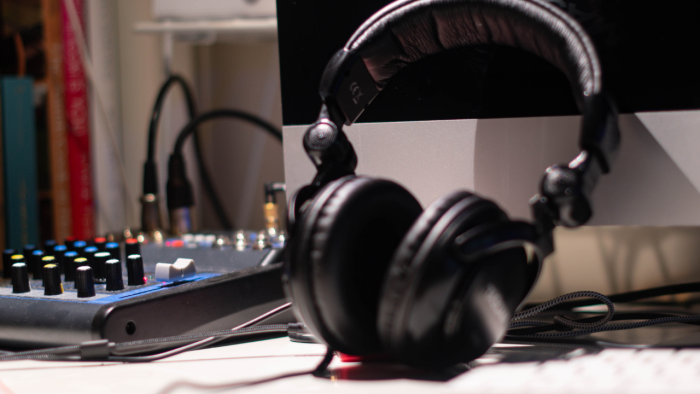
Creating your podcast studio
Okay, so now you have an idea of the podcast gear you’ll need to build a podcast studio that’s also mobile enough to podcast in remote locations.
Compatibility
The main thing we look for when selecting the right podcast equipment is compatibility. If the podcast gear doesn’t work together, it’s no good.
Price and Quality
A podcast with bad audio will never be successful. On the other hand, good equipment can mean the difference between hours of editing and a release with very few edits. Your podcast mic has the most significant impact on quality. To take a deep dive into podcast mics, be sure to check out our blog post, Best Microphones for Podcasting.
Flexibility and mobility
We also pay attention to the flexibility and mobility of the podcast gear. Flexibility, in the sense of being able to expand later with other podcast devices, and mobility, in the mind of being easy to move to another location. Because sometimes you record from your location, but sometimes you record a podcast wherever your guest is, and then you want the same quality as the podcasts your record at your own place. You can also record with your guests remotely. Our favorite platform for remote online video and audio recording is Zencastr. Check out their Hobbyist plan which is completely free.
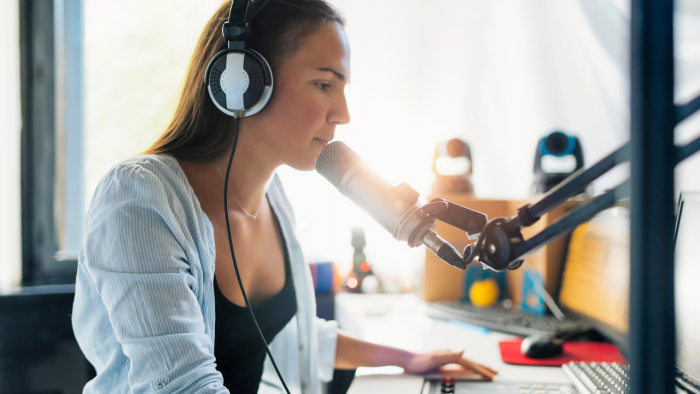
Podcasting Tips for Beginners
Use Professional equipment
For a clean recording without noise and reverb, you should use an external microphone use. Compact recording devices are also a possibility. You speak your podcast into the device and then connect it to the computer to transfer the file via memory card or cable. A small clip-on microphone can be used on the go(also a lavalier microphone). As a speaker, you should wear headphones to hear yourself properly and create significantly better recordings.
Give yourself a voice
The beauty of podcasts is that everyone can participate. The recordings can be uploaded quickly on the Internet and, at least in theory, have the opportunity to reach numerous people. No wonder many people ask, “Could I record a podcast too?” The question can be answered with a resounding yes. After all, everyone is entitled to try their hand at new projects. The most successful podcasts prove that it doesn’t always need a clear concept or level of awareness. Always be real and authentic with your audience. And know how impactful you can be, even with a smaller audience.
plan your podcast and set goals
As the saying goes, if you fail to plan, you plan to fail. Before you start your podcast, it’s important to ask yourself important questions about the purpose behind your podcast. Determine what your goals and what metrics you will use to determine your overall success. Here’s are some questions to help you…
- What do you hope to achieve from your podcast?
- Who do you want to reach?
- What do you want to talk about?
- What makes your podcast unique?
- How much time and work can and do you want to put into the podcast?
Release episodes consistantly
Try to follow a schedule when it comes to releasing new episodes for your podcast. This allows potential listeners to get used to the format and check in when they know an episode is about to be released. So, perseverance can pay off and give you a loyal (long-term) audience. How often you publish is completely up to you, but studies show releases episodes every week helps build your audience more quickly.
While uploading your podcast episodes to different platforms varies in complexity and time, with a bit of skill, anyone can distribute their podcasts to Apple Podcasts, Spotify, or Google Podcasts completely free. In addition, you can promote your episodes on your favorite social media sites which are also free to use, and listeners can share a comment or like content quickly and easily. Be sure to add short descriptions (show notes) to the podcast episodes. This way, you can make potential listeners curious about your podcast.
Create great content
Having the right podcast equipment is important to growing your audience. However, without a gripping story, sparkling perspective, exciting talent, and a target market, anyone might feel misplaced within the process. Finding your area of interest is step one in figuring out the route of your broadcast, the tone, the target, and the demographics you want this information to serve. It is this foundation that will guide any rookie or podcast professional in creating a platform that provides insight to any interested listener.
Second, structure, length, and scripting will help organize those ideas or story angles. Even if you’re heading toward a more relaxed path, having points to follow and keeping you on track will keep you from wandering for hours. Pay attention to your preferred podcasts, and take note of what sets them apart from the rest. Finally, who is your talent? Which people and sources bring your story to life? While it’s not everything, having guests and primary sources to add more character or a personal side to your podcast will keep your audience engaged.
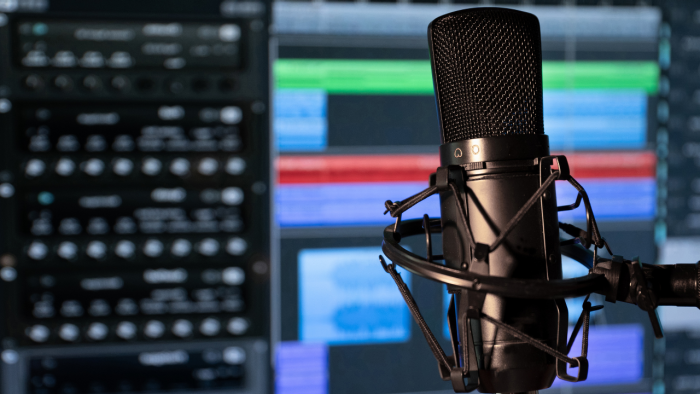
Add some Music
Nobody likes an awkward silence — and your podcast is no different. Whether enticing your audience with a funky intro riff, filling in the moments between information, or saying goodbye to your listeners with a bang, music is an essential part of any audio experience. You must comply with copyright, especially when using original music. Luckily, there are some great music subscription services online that help simplify finding the perfect music for your podcast. These sites offer a wide variety of complete songs, beats, and sound effects to help create and amplify the tone of your show.
Edit, but lightly
Once you have your material, all your hard work should be worked together so that your best bits are highlighted and the unwanted segments and mistakes are removed. We call this “light editing”. You don’t want your episode to sound overproduced and lose your authenticity. Today, audio and editing interfaces have never been more accessible and vary in complexity and ease of use. For free DAW (digital audio workstation) options, Audacity could be your best friend. If you’re familiar with or willing to learn editing software, Adobe Audition has everything you need to take complete control of your projects with a level of production mastery and long-term flexibility.
Publish your podcast online
You’ve now researched, recorded, and edited; where should your podcast go? Well, first you need a podcast host provider which stores all your files and gives you your RSS feed so other podcasting sites and apps can feature your show. There are many podcast host providers, and each one offers something a bit different. If you’re interested in monetizing your podcast, we recommend Megaphone, which specializes in dynamic ad insertion. Our network can help you get set-up at a fraction of the cost.
Once you find the right podcast host provider, they’ll provide you with an RSS feed which is what you’ll use to submit your podcast to their online directories, such as Apple Podcasts, Spotify and Google Podcasts. We also recommend having a website for your podcast. You can literally create a great podcast website within minutes by using online tools, such as Podpage.
The good news is podcasting is that even with 2 million + podcasts currently in existence, this medium is still in its infancy. The market is only growing. It’s easier than ever to get into this creative and addictive form of media, so now is a great time to begin your journey!

